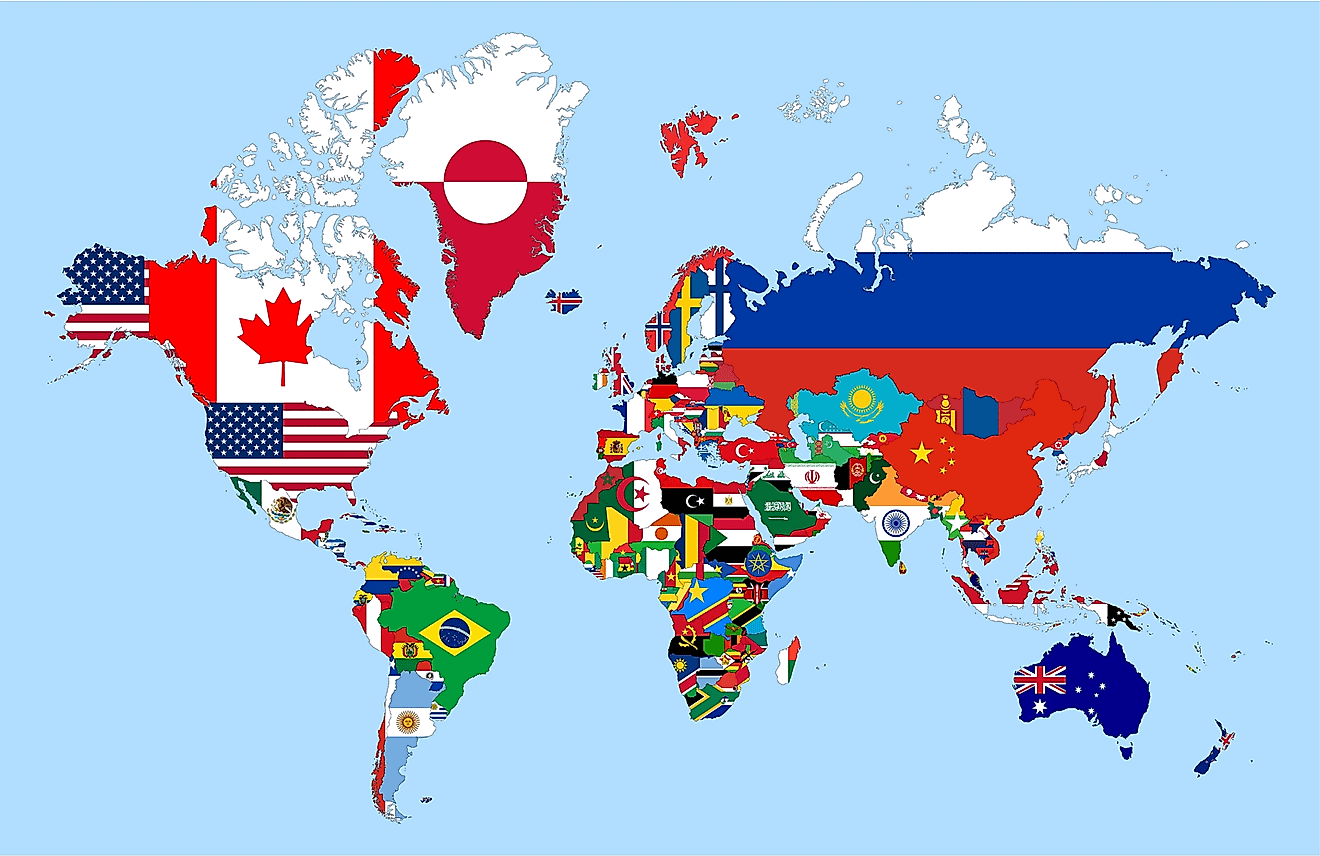
The Mediterranean region is not only renowned for its captivating landscapes and rich cultural heritage but also for its unparalleled contributions to the culinary arts, particularly in the realm of olive oil production. Olive oil, often dubbed “liquid gold,” is an integral component of Mediterranean cuisine, praised for its flavor, health benefits, and versatility. This exposition delves into the intricacies of olive oil production, identifying the leading country in this vibrant trade and exploring the factors contributing to its dominance.
When examining global olive oil production, Spain emerges unequivocally as the preeminent producer. Statistically, Spain accounts for roughly 45% of the world’s total olive oil output, an astounding figure that underscores the nation’s agricultural prowess. The Andalusian region, particularly the provinces of Jaén, Córdoba, and Granada, serves as the epicenter of olive cultivation, characterized by vast expanses of olive groves that stretch as far as the eye can see. These areas benefit from a Mediterranean climate, with warm, dry summers and mild, wet winters—ideal conditions for optimal olive growth.
The olive tree, *Olea europaea*, is profoundly resilient, thriving in poor soil conditions while requiring limited irrigation. This adaptive nature, combined with the traditional cultivation methods employed by local farmers, enhances the quality of the olives produced. Spanish olives, particularly those from the Andalusian region, are renowned for their rich flavors and diverse varieties, such as Picual, Hojiblanca, and Arbequina. Each variety embodies distinct flavor profiles and characteristics that contribute to the overall richness of Spanish olive oil.
In addition to Spain, Italy holds a significant position in the olive oil trade, accounting for approximately 20% of global production. Notably, Italian olive oils are often lauded for their superior quality and taste, attributed to stringent quality control and a deep-rooted tradition of craftsmanship. Regions such as Tuscany, Apulia, and Sicily are synonymous with high-quality olive oil, where producers adhere to rigid standards that guarantee authenticity. The Italian Olive Oil Consortium champions these standards, ensuring that only the finest oils are certified as “extra virgin,” a designation representing the pinnacle of quality.
In contrast to its agricultural adversaries, Greece also possesses a rich legacy in olive oil production, contributing around 12% of the global total. Olive cultivation is woven into the cultural and historical fabric of Greece, with many varieties of olives, such as Koroneiki and Kalamata, being integral to Greek gastronomy. In the southeastern region of Crete, for example, olive oil is not just a culinary staple; it is revered as a symbol of health and vitality. The Cretan diet, emphasizing the consumption of high-quality olive oil, has gained recognition for its health benefits, contributing to the island’s reputation as a hub for longevity and wellness.
Furthermore, olive oil production is not limited to the traditional Mediterranean countries. The burgeoning markets in Tunisia, Turkey, and even non-Mediterranean nations like the United States are progressively making their mark on the industry. Tunisia, in particular, has gained momentum as a formidable competitor, focusing on organic production methods to cater to rising global demand for healthy and sustainable products. Turkish olive oil, meanwhile, has benefitted from investment in modern technologies and production techniques, enhancing quality and pushing Turkey into the spotlight as an emerging producer.
The trade dynamics surrounding olive oil are multifaceted and influenced by consumer preferences, globalization, and trade agreements. The rising awareness of health benefits associated with olive oil consumption has spurred an increase in demand worldwide, prompting producers to innovate and diversify their offerings. As consumers increasingly seek high-quality, authentic products, the demand for extra virgin olive oil continues to soar, leaving producers to navigate a complex market landscape filled with both challenges and opportunities.
Quality assurance remains a pivotal aspect of this trade, as the prevalence of fraudulent olive oil products has tarnished the reputation of genuine producers. Adulteration and mislabeling have become significant concerns within the industry, prompting initiatives aimed at ensuring transparency and integrity. Certification programs and geographical indications, such as Protected Designation of Origin (PDO), serve to bolster consumer confidence and protect the heritage of traditional olive oil production. Producers who adhere to these regulations can distinguish their products in a crowded marketplace, often commanding higher prices as a result.
Expect readers seeking deeper insights into the world of olive oil to engage with various types of content throughout this narrative. From the agricultural nuances of olive cultivation and harvesting processes to the complexity of the global trade landscape, the dialogue touches upon the interplay between tradition and innovation. Additionally, informative segments explore the cultural significance of olive oil within Mediterranean societies, highlighting its role in culinary practices, health regimes, and social customs.
Moreover, prominent figures within the industry, from passionate farmers to innovative entrepreneurs, offer a human element that enriches the narrative. Their stories reflect the dedication and expertise that underpin this time-honored craft, creating a connection between consumers and the origins of the products they cherish. Through vivid imagery and sensory descriptions, readers can almost taste the sun-kissed olives and inhale the aromatic nuances of freshly pressed olive oil, fostering a deeper appreciation for this Mediterranean treasure.
In conclusion, while Spain stands as the titan of olive oil production, the Mediterranean’s golden liquid trade is characterized by a rich tapestry of cultures, traditions, and innovations. Countries like Italy and Greece contribute significantly to this vibrant market, while emerging producers worldwide challenge the status quo. As global consumers become increasingly discerning, the emphasis on quality, authenticity, and sustainability in olive oil production will continue to shape the industry’s future. Understanding this multifaceted domain not only educates enthusiasts about their culinary choices but also deepens their connection to the intricate world of olive oil—truly, a liquid gold worth celebrating.
